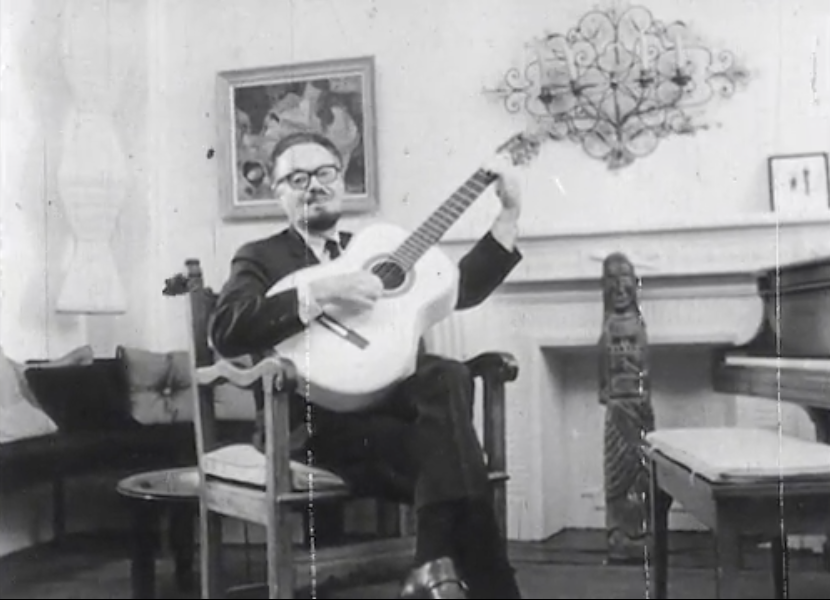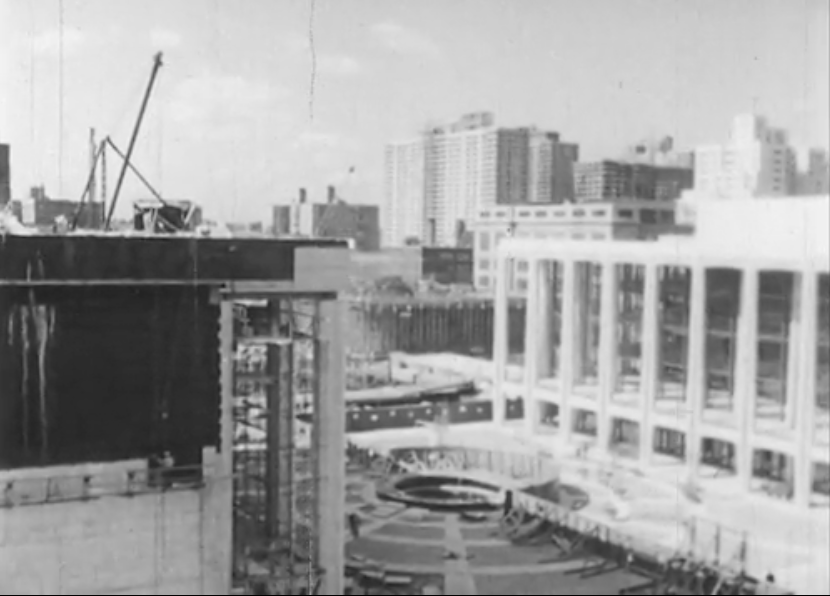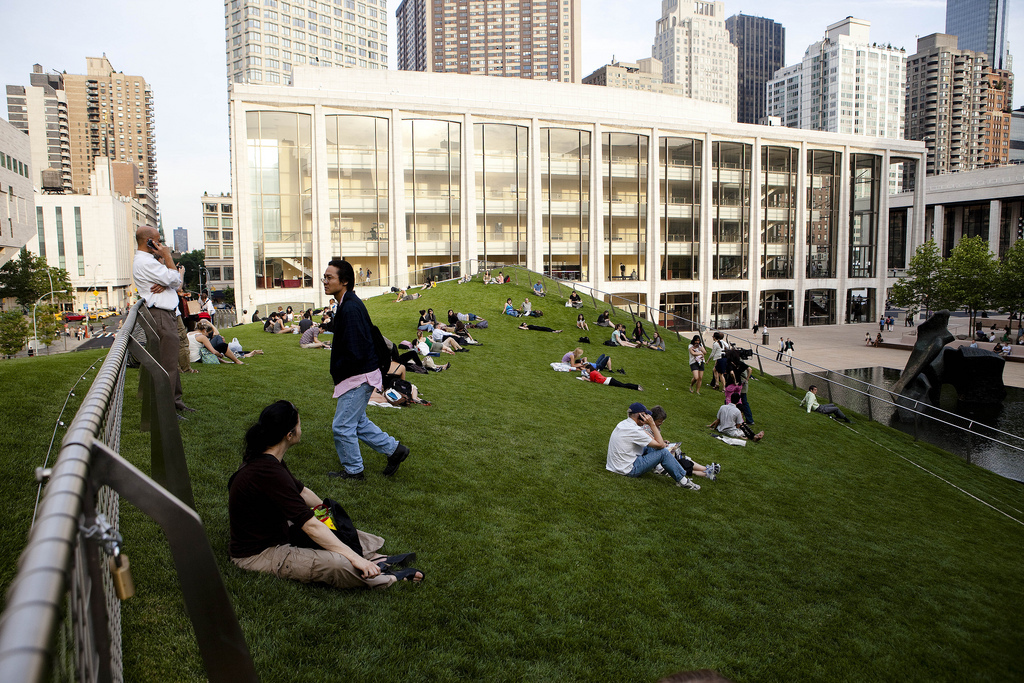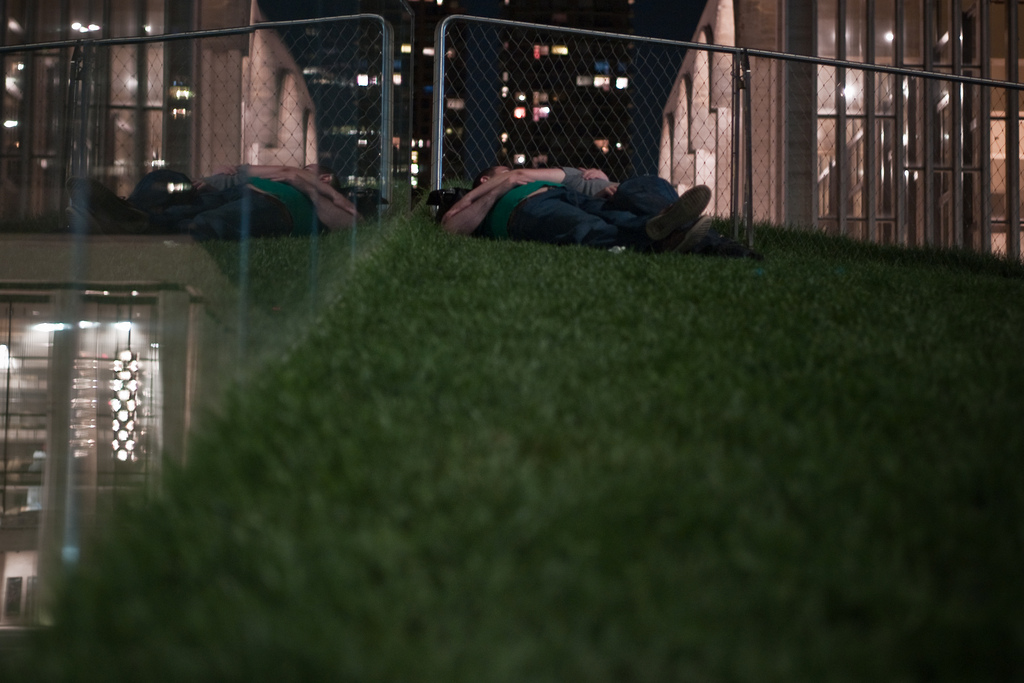Shelf Life
The city’s archivists, curators, and collectors pull out some of their favorite things, revealing multiple metropolises, imagined, expired, and ever-present.
We are celebrating 15 years — and counting — of stories that are deeply researched and deeply felt, that build a historical record of what the city has been.
Elena Rossi-Snook presides over The New York Public Library’s Reserve Video and Film Collection, home to such treasures as How to Look at a City. The 30-minute documentary aired on television in 1964, but its scenes of city life and perspectives on planning resonate today. The Library has been screening and collecting films since the mid-twentieth century, and its holdings reflect NYPL’s first film librarian’s visionary conviction. This includes a number of urban scenes on celluloid, from building community gardens to life with cockroaches. They can be seen by the public by appointment at the Library for the Performing Arts at Lincoln Center. You can watch How to Look at a City, through the Internet Archive, below. –M.M.
The Reserve Film and Video Collection at The New York Public Library for the Performing Arts includes a wide range of valuable educational films, from an abstract animation on international brotherhood considered the first educational film for the adult library market (Boundary Lines, 1947), to a political documentary on the Attica uprising (Attica, 1974), to a piece exposing the New York City Police Department’s secret anti-communist unit (Red Squad, 1972). Indeed, these are amazing films which everyone should see. But the film on which I meditate the most, which I find undeniably pertinent and useful year after year, is a segment of an eight-part public television series on urban and suburban living and design. Produced by acclaimed documentary filmmaker and New York University film educator George C. Stoney, How to Look at a City (1964) explains, in under 30 minutes, what makes New York… you know, New York. As a film archivist, I might be suspected of having interest in the film only as a point on the historical timeline. But at the Collection, our primary goal is to preserve not just the content of the film but its original function in the institution and community. My favorite films are those which I can show to any audience at any time, in any venue, and succeed at creating a unique educational experience. Luckily, our film librarians have done an excellent job building what is known in the public library world as a “core collection,” and we’ve received valuable support to conserve, preserve, and restore that collection on film.
So why How to Look at a City? Because New Yorkers love learning about what makes them and their city tick, the urban essence that has inspired hapless idiomatic expressions and clichés in an attempt to define it. From the start, How to Look at a City embraces the spirit of the city it examines. Eugene Raskin, as Master of Ceremonies, opens the film strumming a guitar and singing the ditty How Ya Gonna Keep ‘em Down on the Farm. Of course he does. As someone who clearly “made it here” — Raskin taught architecture at Columbia University, was a playwright and novelist, and wrote a chart-topping pop song — it would be incongruous with the spirit of the city being discussed if he were to simply stare at the camera and announce city planning as today’s topic. Instead Raskin, an engaging speaker, proceeds to explain why we gravitate towards the city: “The city is exciting, it’s interesting… it’s full of opportunity, variety… it’s a constant spectacle.” He takes us to his “own neighborhood,” the Upper West Side, to test the theory that “there’s no show as constantly interesting as people going about their business.” The camera follows him to the fish counter at Zabar’s, where he orders up a can of caviar. Of course he does. Perhaps without meaning to, Raskin embodies the stereotype of the well-heeled New Yorker who would never dream of shopping at regular grocery stores for Pringles and Tang. Is there any lesson more compelling for current New Yorkers than that which supports their vision of the mid-century city as a hotbed of premium sites and tastes? And in a modern-day city afflicted with constant upgrades and remodeling, it’s comforting to see that in some ways little has changed (in Season 6 of Sex and the City, there’s Charlotte at the same counter).
The commentary is sprinkled with what contemporary audiences may identify as a Seinfeldian New York humor, where what we do here and how we do it are both hilarious and simply part of survival in the concrete jungle. And yet the film, even today, succeeds at communicating meaningful information about why we came to the city and what is to become of us now that we are city dwellers. For instance, after explaining rural-urban migration (illustrated on-screen by a well-groomed rube disembarking a Trailways bus at Port Authority) Raskin discusses density: “how many people per acre or per block or per room.” He pointedly remarks: “some people assume that high density is always bad and low density always good. Not so.” If you’ve seen the 2016 film Citizen Jane: Battle for the City, this statement will sound very familiar. To whom is Raskin referring as “some people?” Robert Moses hovers as a specter throughout How to Look at a City, his record on population displacement and neighborhood eradication an unspoken argument that Stoney and Raskin rebut. Of course city planners must find a way to accommodate the urban swell (Remember: rural-urban migration!), but at the risk of eliminating those things which brought us to the city in the first place (Remember: spectacle! Human interaction!)? No. Raskin looks to Eighth Street and Rockefeller Center as examples of “variety” and “human scale” in good city planning. Here, one can meet, greet, eat, do, buy, and see; “Something for everybody.” Lincoln Center, on the other hand, infamously engineered by Robert Moses: “there’s nothing to draw people there except perhaps the business of buying tickets.” As someone who frequented Lincoln Center before, and worked there through the plaza renovation in 2008, I can confirm: before the grove of London planetrees and roof-top Illumination Lawn, it was a marble and concrete wasteland. Now, it’s a veritable populist pleasure garden.
Ultimately, there is nothing more gratifying for a New Yorker than having one’s own experiences and beliefs validated, even across time. Before the advent of social media and the resulting relocation of kvetching to virtual space, a favorite pastime in New York was to debate with anyone within earshot about who made the best bagel in the city. Or the best hot dog. Or the best baseball team. Or commiserate about the communal dressing room at Loehmann’s, itself a paragon of New Yorkness, where anybody could and did tell you exactly what they really thought of that skirt. These exchanges feel, like the New York accent, precious and at risk of endangerment: random interactions which give the amplitude of the city a sense of immediacy, relatability, and, yes, human scale. When Stoney takes us to Port Authority to meet the new, young, enthusiastic addition to New York, it feels similarly personal — many of us have been that Trailways-riding rube arriving at 42nd Street. When we go to the Promenade at Rockefeller Center, though on-screen it is 1964, the experience mirrors what one will find today. And is there anyone in New York City right now not concerned with, as Professor Raskin puts it, “Large stores, banks and developments” threatening the variety of our neighborhoods?
Perhaps that is the real lesson of both the film and the city: how to make something which seems unwieldy and monolithic feel intimate. How to Look at a City, despite being a part of the Library’s collection for more than 50 years, is an educational tool I can use today to discuss what it means to interact with the city as a physical and conceptual space. And in a time and place where “bespoke” is co-opted by marketing departments to describe your coffee order and beard oil, How to Look at a City feels authentic in its advocacy for the personal, for what makes city living worthwhile for the common man. Raskin and Stoney manage to integrate into a film about urban planning a sense of what it means to actually be a New Yorker, with universal truths that transcend time: “If the big city were only great buildings, who could tolerate its loneliness?”
One afternoon last summer, I was riding a Citibike, a relatively new addition to New York, down Tenth Avenue. Others soon joined me in the bike lane. Our coterie was whizzing down the Hell’s Kitchen hill when suddenly a sofa was spotted bisecting our path. A collective yell went up, half warning, half laugh: “SOFA!” This momentary bond among strangers delighting in the unusual felt giddy and warm, a peculiarity amongst the cars and trucks hell-bent on 34th Street and the Lincoln Tunnel, fostered by the bike lane network implemented by Mayor Bloomberg and the bikeshare program. “Has any city ever planned for love?” asks Eugene Raskin at one point in the film. I know it can.
The Reserve Film and Video Collection preserved How to Look at a City in 2000, with new film negatives in archival storage and new 16mm film prints available for viewing in the film study room at the Library for the Performing Arts.
The views expressed here are those of the authors only and do not reflect the position of The Architectural League of New York.
The city’s archivists, curators, and collectors pull out some of their favorite things, revealing multiple metropolises, imagined, expired, and ever-present.




